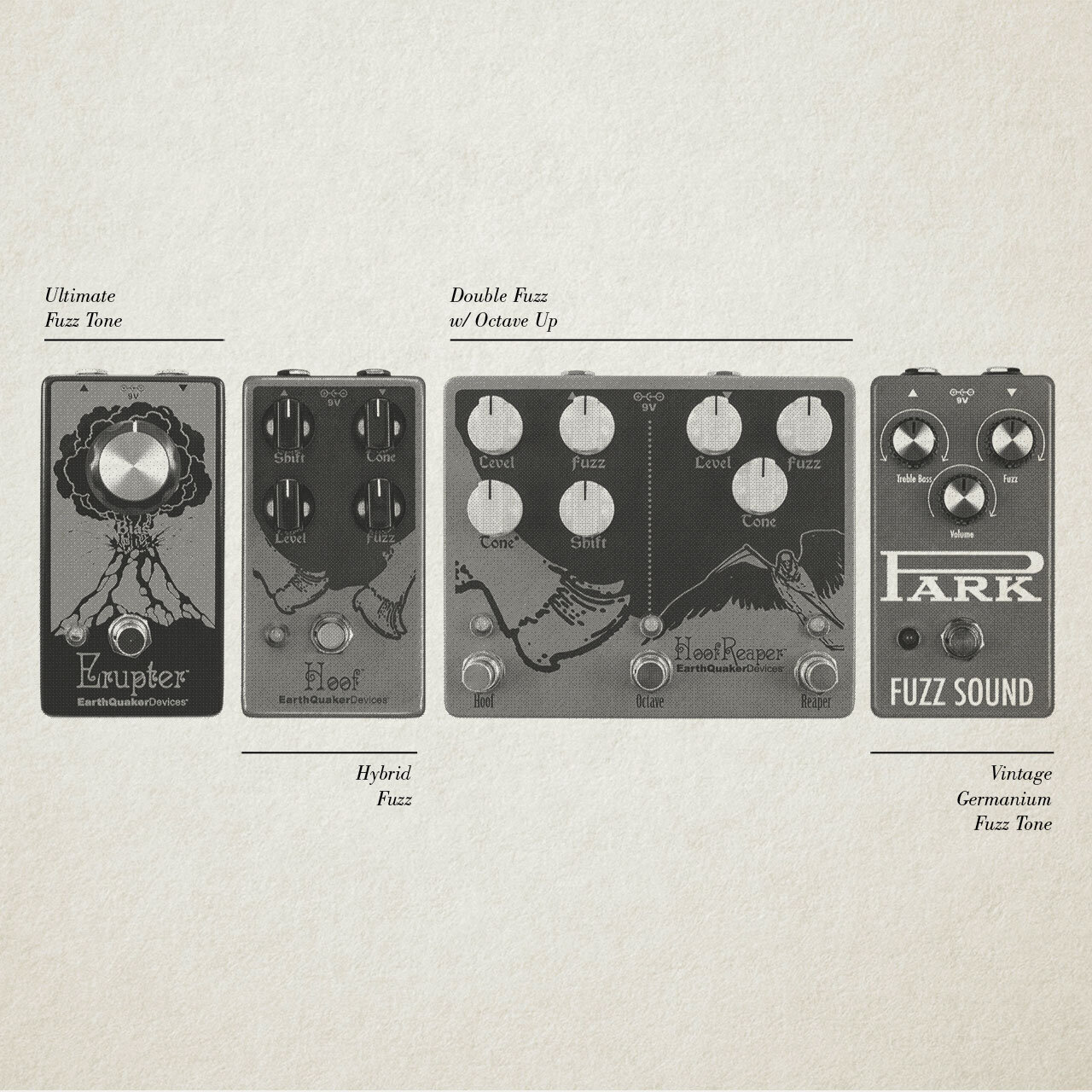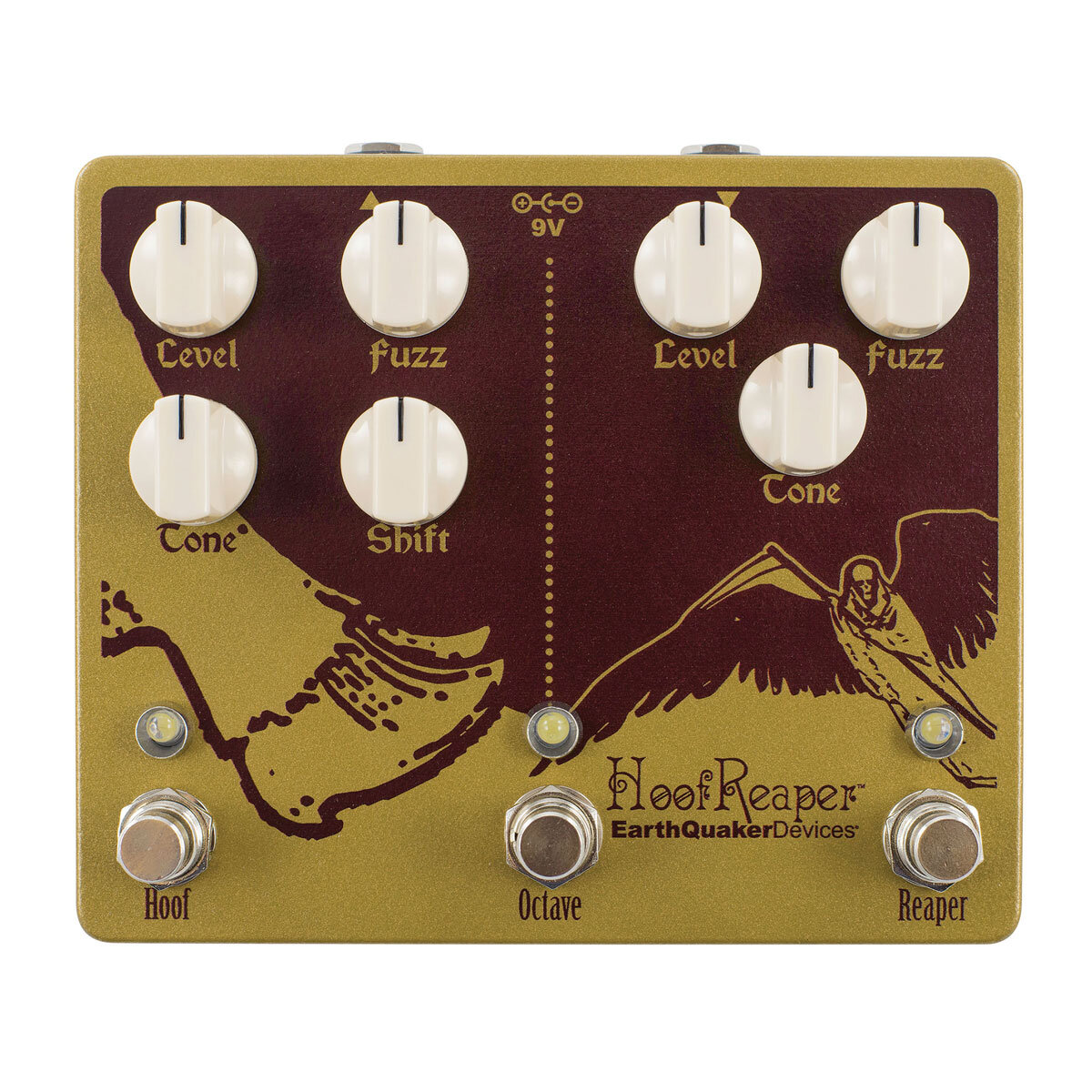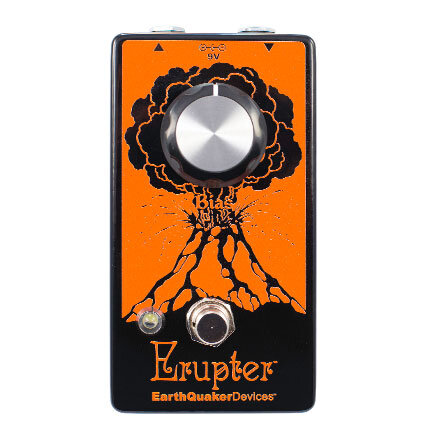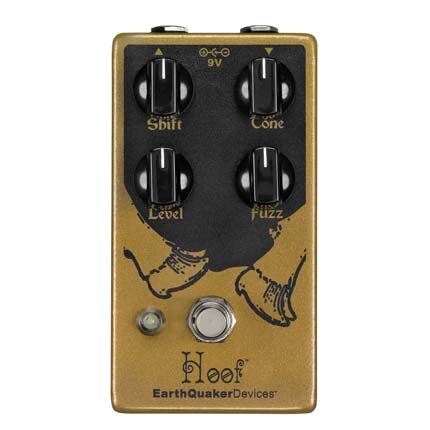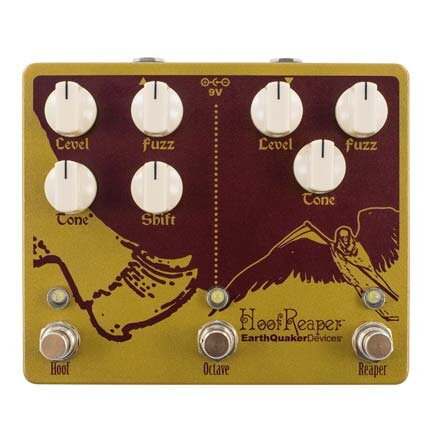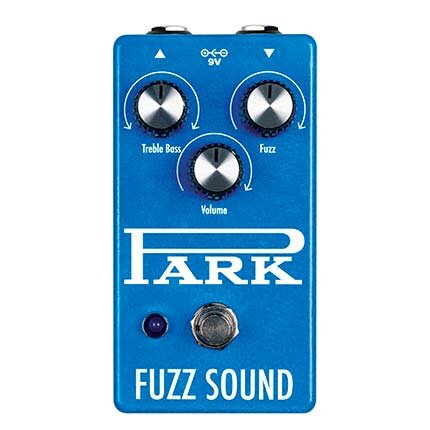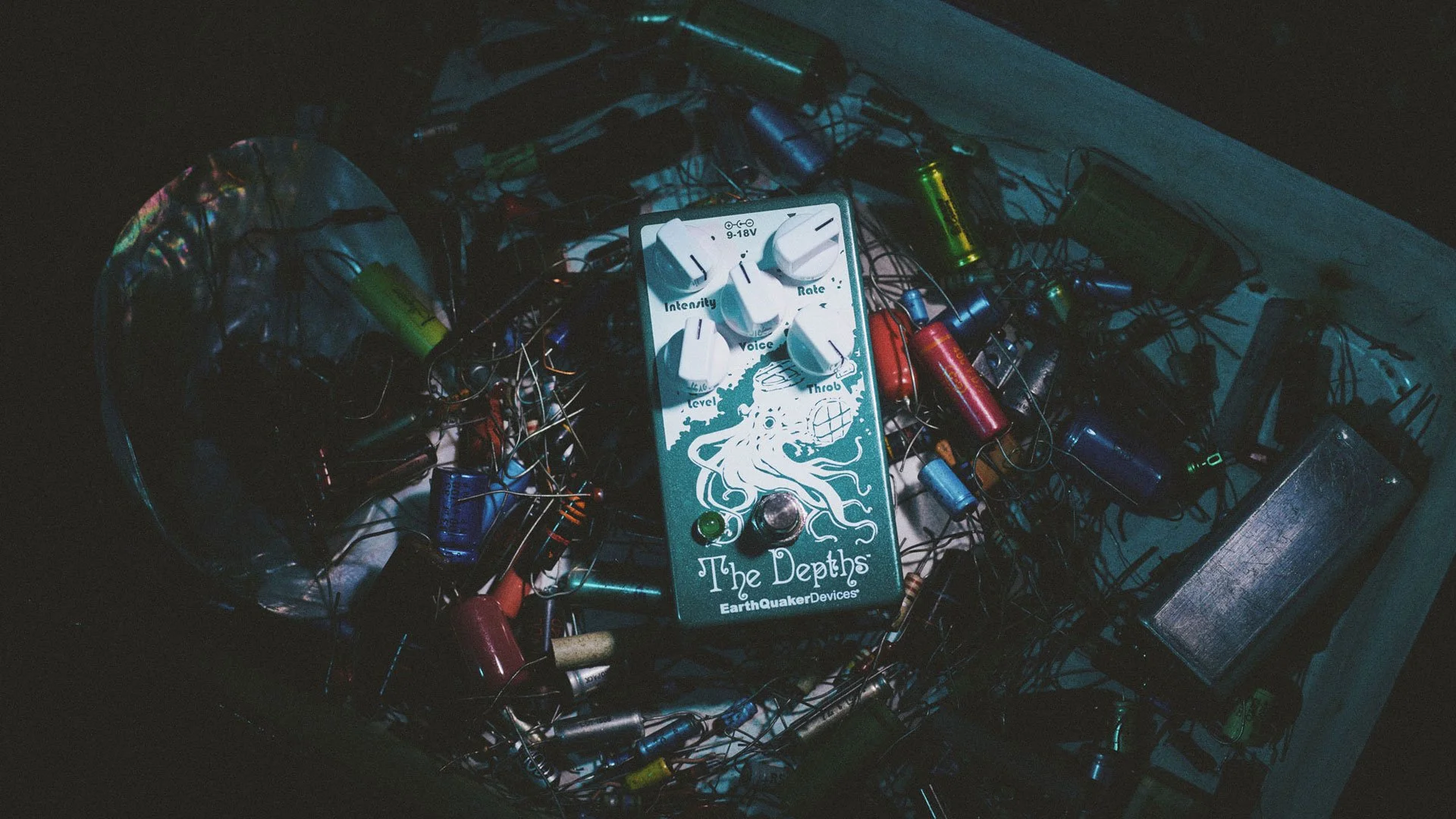FUZZCYCLOPEDIA : A Side-by-Side Comparison of EQD Fuzz Boxes
Malcolm X Abram
It’s one of the most recognizable sounds in popular music. Fuzzed-out guitars and basses have certainly been an integral part of the last 50 plus years of rock n’ roll and metal, but that signature sizzle is heard in many other music genres and all their many permutations. That’s why EarthQuaker Devices and every other pedal maker produces several fuzz-inducing pedals for stomping.
Beginning in the early 50s, Jackie Brentson and Ike Turner’s “Rocket 88,” often referred to as the first rock n’ roll record, featured the sound of a blues guitar riff played through a broken but functional amplifier speaker. Johnny Burlison of the Rock and Roll Trio also accidentally discovered his fuzz/distorted sound on the group’s 1956 cover of Tiny Bradshaw’s “The Train Kept A-Rollin’” after reportedly dropping his amp before the session. Guitar legend Link Wray purposely punched holes in his speaker for his 1958 classic “Rumble,” and Dave Davies would do something similar for “You Really Got Me” in 1964. In the early 1960s, the fuzz sound moved from busted amps into the pedal platform with the legendary Gibson Maestro Fuzz-Tone FZ-1 and the Tone Bender and, of course, the Fuzz Face popularized by Jimi Hendrix and scores of other 60s guitarists. The 70s brought the wildly influential Big Muff Pi and its many iterations. Most of today’s popular fuzz pedals from makers big and small have design roots in at least one of the aforementioned circuits, and the sound never goes out of style.
THE EARTHQUAKER FUZZES
Here at EQD, we currently make four fuzz pedals: the Park Fuzz, the Erupter, the Hoof, and the Hoof Reaper. Each pedal has a unique sound and character and is worthy of your pedalboard. But unless you’re one of those full-on fuzz obsessives/collectors, you may only “need” a couple of pedals to cover all your fuzzy musical requirements.
We got you.
Today, for your listening and comparing pleasure, we offer this easy sonic comparison of the family of EQD fuzzes that will help you get an idea of which pedal (or pedals) may be perfect for your board.
Before we dive in, let’s talk a bit about the gear. We here at Upstairs Bedroom SoundLabs (trademark symbol) are jamming and testing on a modest budget. If our rig was a 50 Watt Dumble ODS, plugged into a Marshall 4X12 and miked with a shiny Shure SM57, you could run a deep, long, wet belch through it and likely get an impressively musical sound.
But like many folks, our gear library is neither that extensive nor that expensive.
What we have at the Labs is more akin to what many independent artists, weekend jam warriors, laptop creatives, and basement/bedroom noodlers are using. We aim to give folks with similar direct recording setups an idea of how our fuzz pedals operate when used direct and “in-the-box.” Thus, our signal chain is:
A Gibson ES 335-style guitar with humbuckers in the middle position into one of the four EQD fuzz pedals and then into the clean channel of Mooer’s Taxidea Taxus digital preamp modeled on a Suhr Badger with the cab simulation turned off. The preamp’s 3-band EQ pots are all set at noon, which, according to Mooer, is the closest to the “original” sound of the modeled amp. Next, the signal hits the popular Mooer Radar Speaker Cab Simulator, using the 59’ Fender Bassman 4X10 preset and finally into a third-generation Focusrite Scarlett 2i2 and Harrison Mixbus 7 with no added EQ or compression.
“Hunting for the perfect fuzz is a big part of what I enjoy about playing guitar and making pedals.”
METHOD OF OUR MADNESS
The methodology at UBSL is pretty simple. We’ve looped two riffs, “BarKords4Lyfe” and “Arp That Eggio” and just let the pedals fuzz ‘em up real good. We’ve got some lower, almost overdrive gain with both the fuzz and level pots at 9 o’clock. The middle gain sound keeps all controls around noon and, for the high gain, we’ve got the fuzz and level pots dimed for some truly screamin’ fuzz fun, baby! The various tone controls are at noon to help keep the settings on each pedal similar. But since the Hoof Reaper has eight pots and the Erupter has only one big-ass knob, they can’t be exact mirrors. Variety is the spice of fuzz, yes?
Before we get started, EarthQuaker founder, president, and designer Jamie Stillman offers advice for anyone new to the wide world of fuzz.
“There are a lot of different types of fuzz pedals out in the world, and they all behave differently depending on individual ‘rigs’ and playing styles.”
“Sometimes people will try one that doesn’t agree with them and write off the whole category. I think any fuzz from the Tone Bender or Fuzz Face family is by far the most musical-sounding dirt pedal for my style. I’ve been relying less and less on overdrives and using more fuzz pedals on my own board, even for low gain tones,” Stillman says.
“I think a common fuzz mistake is thinking that every pedal company’s take on a specific style of fuzz will sound exactly the same as the next one. In some cases, that could be true, but I’ve found that they always have their own little quirks that make them unique. Hunting for the perfect fuzz is a big part of what I enjoy about playing guitar and making pedals.”
MEET THE PEDALS
For some context, here’s a little bit of info on each pedal. Please go to the respective product pages for a deeper dive and a wider variety of sound samples and videos for each pedal.
Erupter
Keeping it simple is this One Knob Wonder. A personal fuzz odyssey for Stillman, “Totally inspired by the Fuzz Face, which is one of my all-time favorite fuzz pedals,” Stillman says. “It’s just one of about a million variations that I’ve done on that circuit, and I liked it enough at the time that I thought it should be a product.” So here’s a little secret for folks who don’t rip off the backplate as soon as you get a pedal home. Inside the Erupter are three trim pots. But Stillman suggests caution when messing around in the pedal’s guts.
“The output level is meant to be adjusted by the user, but the “Bias Adjust” and “Bias Fine” are for factory use only and used to set the voltage of the transistor to the correct range for proper function. It won’t kill the pedal if a user adjusts them, but it won’t do them any favors either.”
Park Fuzz Sound
This Germanium-based fuzz is a collaboration of EQD’s and Park Amplifiers. It’s a modernized version of the 1960’s British Park Fuzz pedal with a few modern additions, including a smaller footprint and a wider tonal range.
Hoof
One of EQD’s earliest production pedals back when we were still assembling them in a basement in the beautiful, bucolic burg we call home: Akron, Ohio. The Hoof uses a hybrid design featuring germanium and silicon transistors and inspired by a legendary fuzz circuit from Russia. The Hoof, as with its big sister, has two tone controls; a shift pot that affects the mid content and a more familiar tone pot which is your basic treble (right) and bass (left). We’re not going into that here, so please go to their respective product pages to hear samples highlighting how these knobs affect the tone.
Hoof Reaper
The Big Mama of our fuzz pedals. This three-in-one pedal features the Hoof, the now discontinued Tone Reaper, and an octave up that became the Tentacle, all in one fashionable stompbox. With three pedals in one, the Hoof Reaper has seven different switching combinations using the signal chain of Octave>Tone Reaper>Hoof. “I spent a lot of time switching them around during development, and I thought this was the most useful signal path to keep the octave pronounced and keep the low end intact,” Stillman says.
Of course, the Hoof is represented, so we’ve focused on the (Tone) Reaper, added a taste of the Hoof+Reaper and the heavy triumvirate of the Hoof+Reaper+Octave.
So, why stick three products in one big enclosure?
“The Hoof Reaper was initially supposed to be a limited run product. We made 25 or so for a store called Tone Factor in 2010. They wanted to do a special Black Friday sale pedal, so I decided it would be cool to combine two of our pedals into one box to keep it ‘simple,’” Stillman says.
OK, that sounds fun. But why these two pedals specifically?
“Before I settled on the Hoof and Tone Reaper with the added octave, I tried a few others that I can’t quite remember. I know one was the Chrysalis and the Monarch together; it had a really dumb name too: Metamorphosis. It wasn’t as cool as I hoped it would be. I think I also tried the Dirt Transmitter and the Hoof too, but I can’t remember. I still have all the prototypes somewhere.”
OK. Unleash the riffs!
RIFF #1
RIFF #2
And finally, just for fun and sonic chaos, here are all four pedals stomped on and set at noon for a true Fuzz Freakout. Hide your pets!
We hope this side-by-side comparison helps you find and fall in love with the EQD Fuzz that is right for you and your sound. There’s plenty more information and samples on each pedal on our Devices page. Please check them out and Enjoy!
Malcolm X Abram is a recovering reporter and music writer and a proud 40 year guitar noodler. He lives, works and plays in the bucolic dreamland of Akron, Ohio in an old house with two dogs who don’t really like each other and way too many spiders.

